GLA Adventure tours the great Australian outback
In part two of the Oz leg of the Great Overland Adventure we discover the great Australian outback mere mention of the Australian Outback conjures up
By Siddharth Vinayak Patankar
In part two of the Oz leg of the Great Overland Adventure we discover the great Australian outback
mere mention of the Australian Outback conjures up images of vast and hostile tracts of land that are tough, rugged and very inhospitable. This legend has been built on real adventures and stories of great strife as man has aimed to conquer it. The indigenous Australian aborigines have done so over many thousands of years (some say 35,000 years, while others still say 75,000!) and there is a sense of mutual respect between these communities and the land they live on. When we were first charting out a likely course to traverse this mighty continent, the crew was selecting routes that stuck to the populated coastal areas of the east and south. But I was very clear in my mind – if there indeed was an adventure to be had overland in Australia, it simply had to include the Outback.
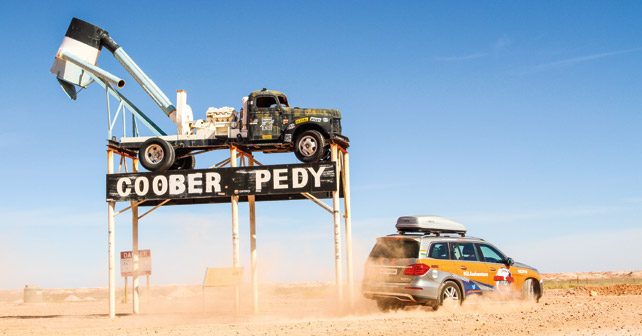
The Outback is essentially the vast and remote interior of Australia. The centre of the continent – often referred to as the ‘red centre’ – is made up of areas like the Simpson Desert, and includes scraggly and rocky terrain, dotted with small shrubs and red earth. Imagine a land so intimidating that even today, people think twice before venturing out into it. Imagine an environment so extreme that it’s home to very few species of flora and fauna. The Aussie government gave up their efforts in the 1960s to assimilate aboriginal communities with the population of European descent.And so it was a treat to be able to get in touch with some sections of their unique culture, as we set off for the heart of Australia.
We spent the most delightful day in the Barossa Valley, as we had a pit stop for the night in Port Augusta (population: 13,985). Driving out the next morning, almost immediately, we came up to a road sign that declared the start of the legendary Stuart Highway.
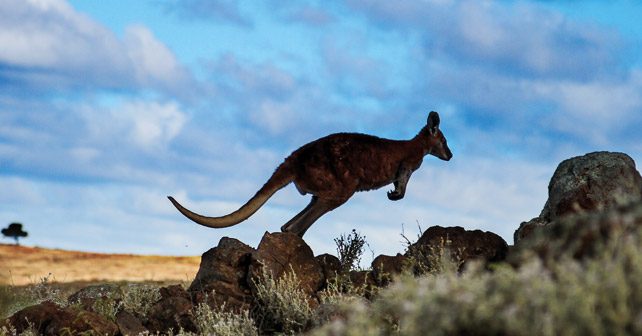
The duo of John McDouall Stuart and his mentor Charles Napier Sturt are almost solely credited with the early exploration of the Outback. They faced tough conditions as they discovered the Stony Desert and Simpson Desert areas – before turning back south towards Adelaide. Stuart then went on to achieve the unthinkable a few years later. On his sixth attempt in 1861-62, he completed a journey from the southern coast at Port Augusta to just east of what is present day Darwin. It took him more than nine months, during which he endured incredible hardship. Almost exactly the route that he charted is a tarmac road today – and it’s named after him in honour of his remarkable triumph.
I was very keen to drive the entire length of the Stuart highway – having convinced the team to head to the center. I was also convinced that no journey to Australia would be complete without Uluru (formerly Ayers Rock). But we simply didn’t have the time to head all the way to Darwin, and then take on an arduous and long journey to Perth – where we intended to end our Aussie sojourn. I did manage to convince them to hit Alice Springs though – the town that sits almost at the very centre of Australia. All of this also meant that we would get to touch all the states and territories in mainland Australia (barring the Australian Capital Territory/Canberra) since Uluru and Alice Springs lie in the Northern territory. That still meant driving 2,450km up and down the Stuart Highway – covering almost half its distance. Add to that over 260km off the Stuart Highway to get to Uluru (plus the same distance back to Erldunda, from where you get back on the famed highway), and it was a substantial 3,000km of Outback driving that we got to do. And I wouldn’t swap it for anything!
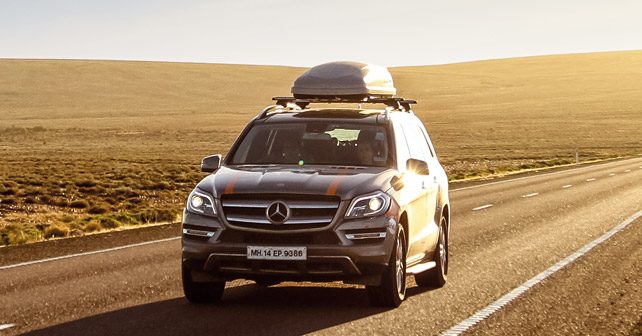
As you begin driving north, the landscape starts to change almost instantly. The trees begin to disappear, and all you see for miles is flat reddish earth, dotted with scraggly bush and rock. The traffic starts to peter out, and what you begin seeing (or should I say overtaking) are Utes, pulling caravans or road trains. While the former were largely retired folk off for a road trip, the latter is a fascinating and uniquely Aussie phenomenon (even though they do exist in Canada, USA and Argentina too – but aren’t called road trains there). A road train is basically a tractor-trailer with multiple trailers – typically three. The idea is to be able to pull along and ferry a larger payload in order to economise the movement of goods. Road trains traverse routes that have low traffic through large expanses of isolated countryside. And they are a treat to see – especially how deftly their drivers can cruise at speeds electronically limited to 100kmph, or reverse into a roadhouse parking lot.
A roadhouse is the other Aussie highway mainstay we were introduced to on the Stuart Highway. Like an oasis (quite literally in this case) in the desert, they are the only source of sustenance and rest in miles of open country – and are typically made up of a fuel station, its attached convenience store, an eatery, toilets, and in some cases either a motel or a camping ground. Our first halt was at one such roadhouse in Glendambo (population: 77) – where the flies outnumber humans 26,000 to 1!
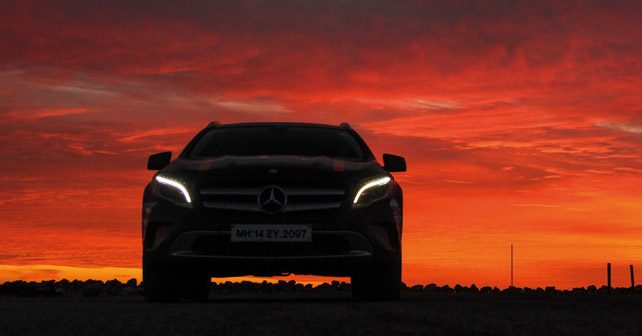
The flies in India now seem altogether pleasant and acceptable. And you very quickly learn the ‘Aussie salute’ – waving your hands around your head and face to brush away the many, many annoying flies sticking to your face and neck or buzzing in your ear. The Outback is full of them! On another note, at Glendambo, I saw a few old Ford Model As and Ts, and walked up to their owners for a chat. They were old timers themselves and were headed from Victoria to Darwin for a Model A and T meet. It was wonderful to see their spirit and their well-preserved cars – taking on the Outback! Glendambo is also significant because it’s the last petrol station until you hit Coober Pedy 250km away.
We tanked up at Glendambo, drove past Coober Pedy to our pitstop for that night – the roadhouse at Marla (population: 72). The ‘town’ turned out to be the roadhouse with its gas station, restaurant and the motel we were to spend the night in. We had quite the sumptuous meal, and by now there was almost a tradition in our group with Sirish and I always looking to end the day with a pint of the local brew.
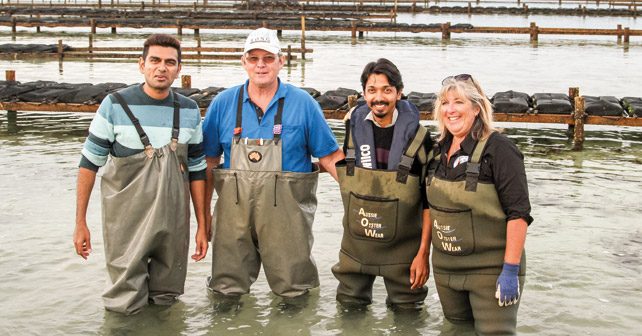
From Marla onwards, we went to Erldunda (population: 50) – a roadhouse that soon became very familiar to us. Erldunda is where we left the Stuart Highway and headed west to Uluru, which is the Anangu aborigine name for what used to be famous as the Ayer’s Rock. It is here that we learnt of Tjukurpa – a word that is hard to describe. The people of the land – the Anangu – are the custodians of Uluru, and they believe that Tjukurpa is a way of life – a life code, a secret understanding to their way of life and their legends, mythology and ancestors. The Tjukurpa is passed down through the generations like scripture – only it’s spoken and never written. What we know of the Tjukurpa is the tip of the iceberg, with most of the knowledge shared only within the community of the Anangu. The rock itself is a sandstone monolith that stands tall, surrounded by flat and mostly barren land. It’s stark and wondrous – and appears different when viewed from different angles, and at different times of the day. There is something magical about Uluru that cannot be described in words. As you walk or drive around it, it seems to draw you in. The rock is revered by the Anangu, and is a part of many of their legends.
The rock is famous for its ‘changing colours’ as the day progresses – and we stood in awe as the sun went down showering it with a blazing orange hue. The next morning we were up bright and early to catch the sunrise –and Uluru didn’t disappoint, as it woke up a deep crimson. The morning also brought a goodbye, as Sirish had to leave the trip halfway as he was needed back home. But having soaked in Uluru’s magnificence I was glad I’d insisted he stayed till then. After waving him goodbye, we were back on the road to Alice Springs (population: 29,602), which meant first going back to the Erldunda roadhouse and taking a left on the Stuart Highway again. The roadhouse was a must-stop for our second driver Gaurav – who has also captured the raw beauty of our Australia leg through his lenses. You see, he is gluten intolerant and had discovered on the way to Uluru that the Erldunda roadhouse serves a mean gluten free sandwich – and I have to say that no matter how remote the place, we were always surprised by its gluten free options for pizza bases, pastas and other foods. The Alice Springs desert park is a 3,200-acre facility that showcases and preserves the unique flora and fauna of the region. We were lucky to make it just in time to attend the bird show that had kites, owls, eagles, magpies and more, flying about in the open sky and displaying their food gathering, hunting and social skills. The town is sleepy and small, but it was the first place we saw aborigines very much assimilated within the town population. A dinner of the most delicious, freshly made Italian pizzas (gluten free pepperoni for Gaurav), and off to bed. As we had entered Alice Springs we had passed an old train engine and some signage for the Ghan railway. So on the way out we had planned to check it out, which we did the next morning.
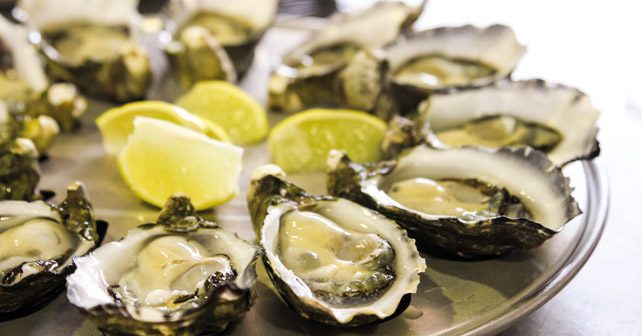
The Ghan train runs from Adelaide to Darwin – almost 3,000km. It was operational in 1929 and initially ran only to Alice Springs – the extension was carried out and completed only in 2004. The name comes from the Afghan camel drivers who were brought to Australia with their stock in the late 19th century to help chart a land route through the region. Mandatory pictures of the GLA and GL against the old locomotive done, we pressed on south to Erldunda (for that sandwich and fuel), and then further down to Coober Pedy (population: 1,695) – an old mining town that was established after opal was discovered there in 1915. Coober Pedy now supplies nearly 80 per cent of the world’s opal. During the summer the temperatures here get to as high as 50°C, and so a large part of the small population lives below ground. Yes, you read that right! As mining is no longer allowed within the town limits (the blasting and drilling could cause your home to cave in after all) lots of old mines have been converted into living spaces – and hotels! So we spent the night below ground. Each room has a hole in the roof that tunnels its way to the surface (for fresh air) and a table fan in case you find things too still or quiet. I thought it was quite relaxing really! The next day we visited an underground Serbian orthodox church in town, and also visited a working opal mine. I even got to winch myself up a mining shaft and actually mine some opal. What a fun experience – thanks mainly to Andy Shelley, a Hungarian migrant who’s lived and mined here since he was a very young man. He happened to be a baker by trade, so, besides telling us everything we wanted to know about mining, he also served us some delicious strudel that he had specially woken up at 3am to make just for us. Dusty and well fed, the cars and the road beckoned and the Stuart Highway took us back down to Port Augusta for the night.
Of course, it didn’t end there as we then began our journey westwards through the legendary Nullarbor – on the other famous road – the Eyre Highway (named after Edward John Eyre – the first European to cross the Nullarbor). Nullarbor literally means no trees in Latin, and again it’s a wide expanse of flat land with little or no vegetation that sits between the southern coast and the Great Victoria Desert. The road has been around since 1941 and includes a stretch that’s Australia’s longest straight road (and second longest in the world). The 90 Mile Straight runs for 145.6km and I actually set the GLA on cruise control and used no brakes at all – with limited steering inputs too.
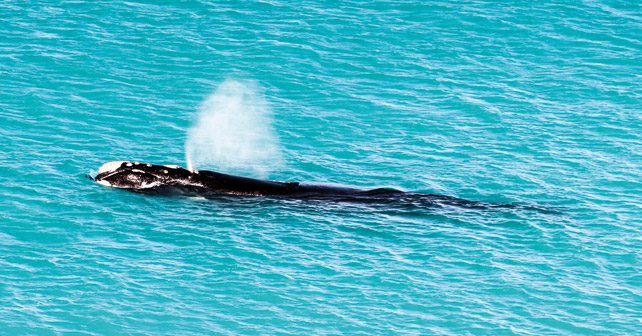
As we blazed across the Nullarbor, we drove along the Great Australian Bight and made a stop at the Head of the Bight – its northernmost point. The spot is famous for whale watching – and we couldn’t believe our luck as we spotted not one, not two, but three huge Southern Right Whales. One of them had her calf with her, which was an added treat. The blue skies and the good fortune of spotting these magnificent creatures up close convinced me someone up there was watching over us. The Nullarbor roadhouse was the lunch stop where I had yet another locally made burger. No fast-food chains anywhere on the highways by the way – all local, fresh food. And peculiar to Australia, all the burgers have a slice of beetroot, an egg, and generous strips of bacon along with the lettuce, tomato and a meat patty – unless you specify otherwise.
By now it was clear that the end was near. We had crossed 30,000 kilometres on our GLA Adventure at the start of the Aussie leg, and now we were closing in on 40k! The next day was another near-800km drive to Cocklebiddy (population: 8) – and halfway there we crossed into Western Australia. Stormy conditions, with rain and howling winds, meant a quick dinner at the Cocklebiddy roadhouse. In the morning, things were clear enough for us to depart for Esperance. On the way we continued to enjoy the stark countryside of the Nullarbor and then approached its Great Western Woodlands –the largest and healthiest temperate woodland left on earth. Gorgeous dunda eucalyptus forests and beautiful roads led us to the Fraser range station. A station is a large land holding used to rear livestock. They are large to say the least, as the Western Australia average is 1 million acres! Fraser range was therefore what its owner Ben Holman called ‘small’ at half-a-million acres. His neighbour is another station that’s 1.1 million. Stations were primarily used to rear sheep for wool or meat, but due to a rising number of wild dogs in the area a lot of them are now switching to cattle. Ben and his trusted dog (a beautiful, alert and affectionate kelpie named Zoe) drove us around in his ‘Ute’ (Toyota pickup in this case) as we kept pace with the GL thanks to its 4Matic capability. The GLA sat this one out. Now, all this while driving through the Outback and the Nullarbor, we had been warned to watch out for kangaroos, and in some areas, emus. We had seen plenty of dead ones lying by the roadside, had driven cautiously for miles on end – but had not seen one, not one kangaroo in the wild. I had begun to make jokes about them being on leave, and then finally at the Fraser station we spotted hundreds.
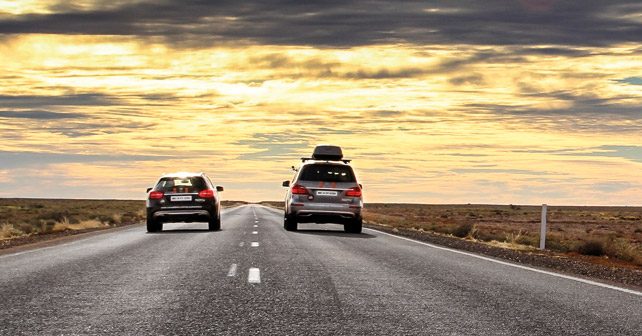
The eastern greys and the reds were all over the place – and according to Ben they’re a pest – feeding off the grass that he’d like to save for his cattle. But it was a treat for us to finally get to see them hopping about – at quite a clip I might add. It was rather late in the day when we got to Esperance (population: 9,919). It was a pity since the plan had been to reach in daylight to go south of the town to the Cape Le Grand National Park – the only place in the world where you can see kangaroos on a beach. Oh well, something for next time I guess. We began the last day’s drive to Western Australia’s capital Perth at 4:30am to get a chance to see something of the city too. A long drive of over 700km and we were in Perth (population: 2.02 million) by the afternoon. We also had to hand over the cars to the logistics team to be shipped to the next continent. Bittersweet as always – but as I said goodbye to them I have to say that I felt genuinely blessed. The cars had been trouble free, the journey had been awesome – and even as I’ve said it so many times before – a special mention to this wondrous land. I simply have to come back here and discover more of it. So lookout for the GLA Adventure down under on the show, and look forward to more discovery as we explore south east Asia on the way home.
Click here to see the previous editions of the GLA Adventure stories